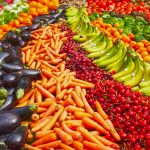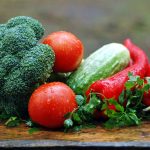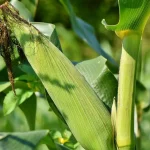September the 14th, 2023 – Croatian agriculture is struggling with climate change, with farmers lamenting that they’re having issues even with historically easy crops.
As Poslovni Dnevnik/Miroslav Kuskunovic writes, Croatian agriculture, much like agriculture globally, is among the activities that are most affected by climate change. It’s further development and adaptation to ongoing changes is a key issue for its future.
Experts are increasingly talking about solutions that must go in the direction of adapting agricultural techniques and growing more resistant crops, as well as ensuring more harvests throughout different periods of the year. One of the key changes required is a different model of crop insurance against damage caused directly by the climate.
Croatia, which is extremely abundant in water resources, must change its irrigation strategy because it is obvious that droughts are increasingly a threat to crops, and the country still irrigates the least amount of land in the entire EU.
Supercell storms have become more and more frequent in this country, and this year also caused great material damage for the Croatian agriculture sector. Farmers were naturally afraid that such climatic phenomena could be repeated more and occur more and more often. Agricultural experts have pointed out that agriculture must adapt to climate change, and this can be done in two basic ways – by adapting agricultural techniques (fertilisation, tillage, irrigation systems, crop protection) and by growing crops which are more adapted to changing climatic conditions.
new techniques for croatian agriculture
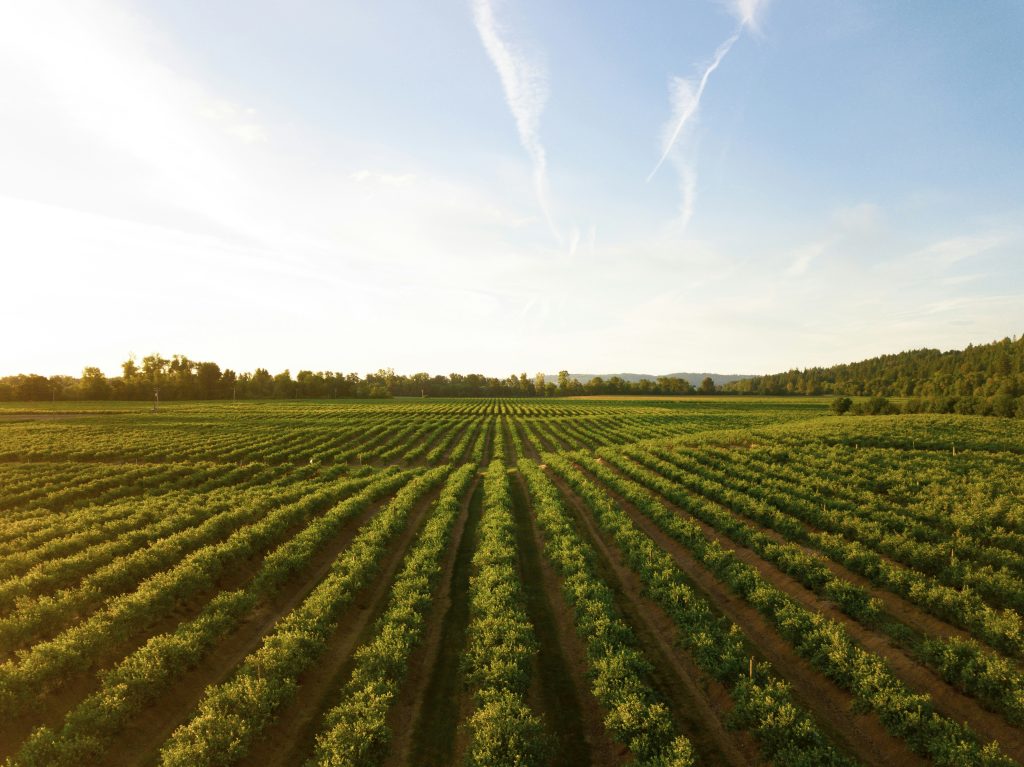
One of the most important agro-technical measures, for which farmers are also extremely motivated in this country, is the application of conservation agriculture and conservation tillage. That entails omitting ploughing and leaving harvest residues sitting on the soil’s surface in order to retain as much moisture as possible and mitigate daily temperature fluctuations and crop rotations.
As such, they pointed out that all plant species intended for consumption are threatened by high temperatures, with the exception of minor stress in plants such as corn and sugar cane. These are plants with a specific anatomy that can produce a lot of sugar at high temperatures and strong light. Such plants overcome these sorts of stresses more easily. Vegetable crops such as tomatoes have problems with ripening at temperatures that go up to 40 degrees Celsius. In general, all plant species have a problem when they don’t have enough water, and the temperatures remain very high for excessively long periods of time.
a strategy for croatian agriculture amid an ever-changing climate
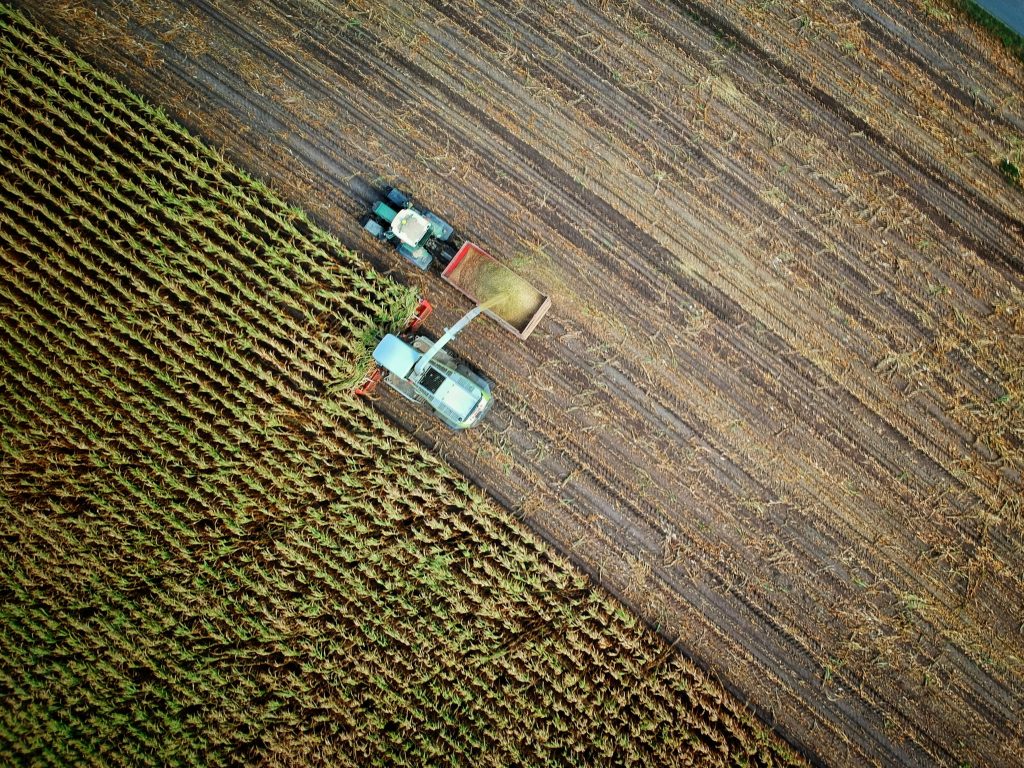
In response to the woes of climate change, breeding measures are being implemented to make certain crops more resistant to drought or other stress. Experts have noted that breeding involves long-term research processes. It should be kept in mind that regardless of the fact that Croatia continues to have very high temperatures during the year, the occurrence of lower temperatures during the growing season and an insufficient amount of water can be fatal for their cultivation. Due to all of these climate changes, it is important to adapt domestic agricultural resources because the way food is produced now will simply not be sustainable.
Although climate change and global warming mostly bring problems, there are also some positive things that come with it. For example, it would be possible to increase the production of crops and cultures that are favoured by such a climate and to have more harvests during the year. Croatia could start growing two different crops in the same year – after cereals and potatoes, corn or soybeans could follow closely behind.
3.8 billion euros are available for croatian agriculture
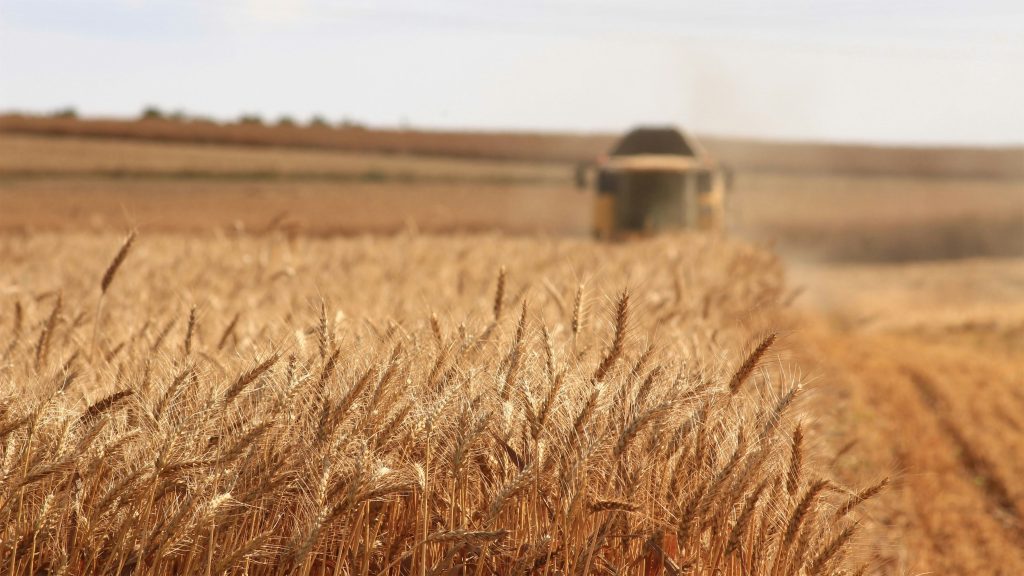
In the period from 2023 to 2027, Croatian agriculture has almost 3.8 billion euros available to it under the European Agricultural Funds. The aim of these funds and their use is to achieve the goals of the common agricultural policy, as well as the Croatian Agriculture Strategy until 2030, among which the fight against climate change, care for the environment and preservation of the landscape and biological diversity stand out.
Local farmers can also use these funds for hail protection systems, anti-frost systems, and the establishment and equipment of irrigation systems for agricultural crops. In order to emphasise the importance of climate change prevention on agricultural production, investments that include costs for the adaptation to and the mitigation of climate change, as well as investments that contribute to digitisation of production (costs for smart/precision agriculture) are preferred when selecting projects for co-financing.
climate change and the crops themselves

Climate change is increasingly affecting agricultural production worldwide, which is why the weakest wheat harvest in the last six years is expected in the EU this year. Analysts also attribute the expected drop in production to lower yields in France and Germany, the leading grain producers in the EU. In France, only 88 percent of the initially planned areas ended up being harvested, and the Ministry of Agriculture lowered the wheat harvest forecast to the lowest level in 40 years. In Germany, rain delayed the harvest, which will also be much weaker than last year.
Here in Croatia, the situation with the wheat harvest is at the levels of previous years, according to agricultural consultant Zvjezdana Blažić. However, she has warned that the country will have problems with the corn and sunflower harvest.
“Corn could fail by 20 to 25 percent, and sunflowers might fall by about the same amount, which could affect their price for the end buyer. However, fortunately, these are crops in which Croatia is self-sufficient,” explained Blažić, adding that prices are currently low, which is why agricultural producers are in trouble.
According to her, in addition to price, Croatian producers are also facing increasing problems due to climate change, which has affected the very quality of corn this year, making it too dry.
“Today, we have a situation where the northwestern parts of Croatia and western Slavonia have better agricultural production and yields. That’s because they suffer less from climate change, unlike eastern Slavonia and Vojvodina. We’re seeing serious issues further south, where they suffer from the long and extreme heat,” Blažić pointed out.
At the same time, she believes that the Croatian agriculture sector as a whole should think long and hard about changing their autumn crops.
“They could start thinking about sowing different protein crops, like soybeans or beans. Due to the climatic conditions and the low prices of cereals and oil seeds, it isn’t worthwhile for them to invest in sowing in terms of the best seeds, fertilisation and protection. They just won’t have enough left to invest in the next sowing”, explained Blažić.
Climatic changes caused heavy rains in Western Europe, which delayed the harvest and reduced the yield, and in southern Europe, which includes Croatia, insufferable heat affected the quantity and quality of the harvest.



